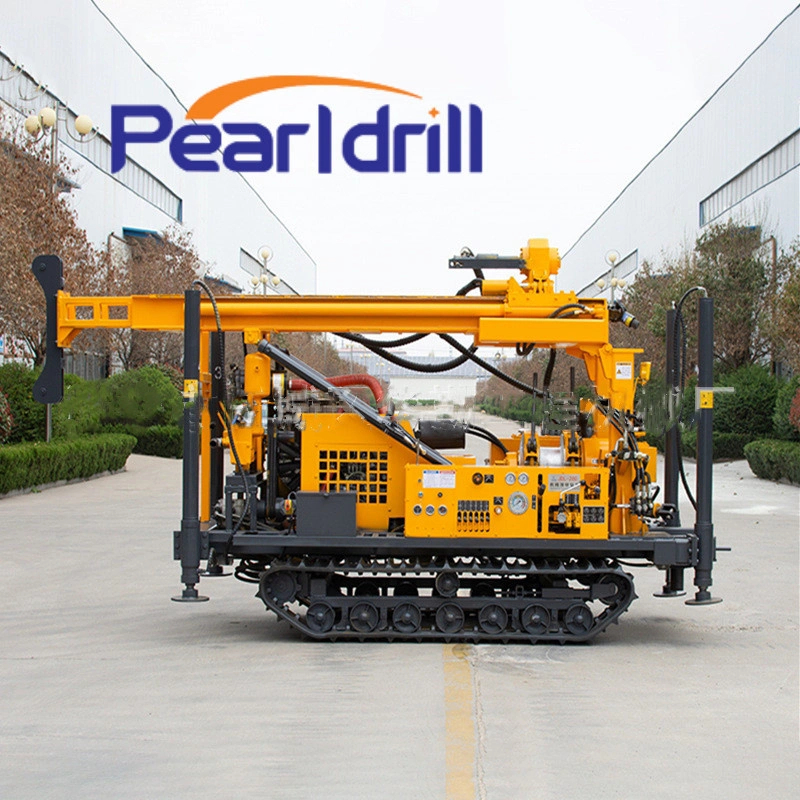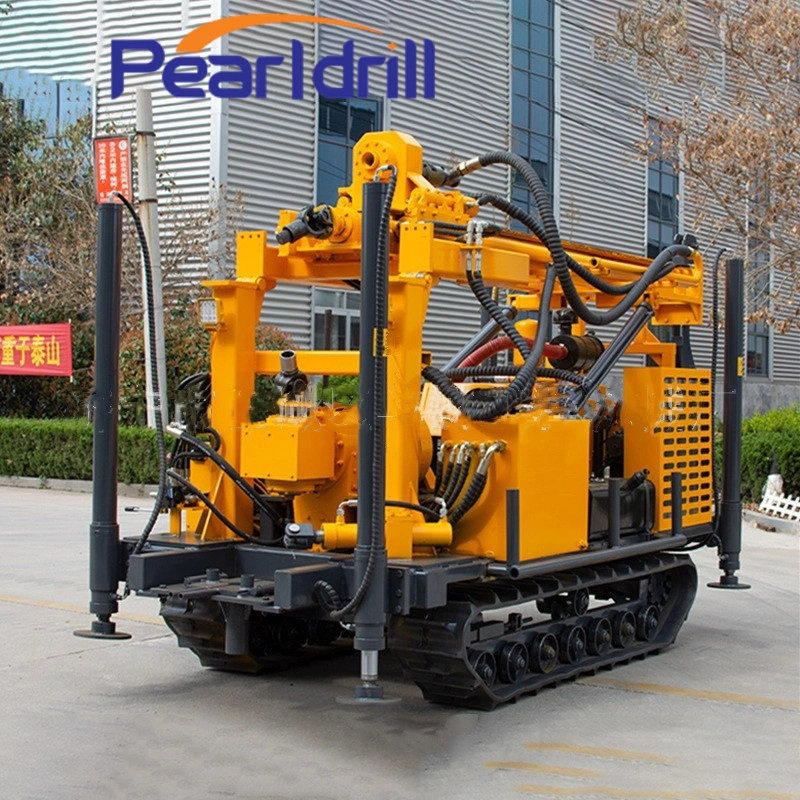What's the solution when a water well drill rig hits a cave
When your water well drill rig hits a karst cave – you know, those underground caverns – it's a pretty common but tricky situation in karst regions. These caves can cause your drilling tools to suddenly drop, you can lose a ton of drilling fluid, the wellbore might collapse, or even worse, your drill bit could get stuck or buried. It's a huge challenge for drilling operations! But with the right professional judgment and measures, you can definitely solve these problems.

Spotting the Signs of a Cave
1. Drilling pressure suddenly drops or disappears: This is the clearest signal that there's suddenly an empty space under your drill bit.
2. Drilling speed abruptly increases: The drill bit enters an area with no rock resistance and will suddenly drop quickly.
3. Abnormal rig vibration: The drill bit spinning in an empty space might make the rig shake or produce strange noises.
4. Massive loss of drilling fluid: Your drilling fluid isn't coming back to the surface, which means it's flowing into an underground cavern.
5. Sudden change in formation pressure: The pressure at the bottom of the well might suddenly drop.
6. Unusual water flow: If the cave has water, you might see a lot of clear water or muddy water gushing out.
7. Drill string free-falls: Without any drilling pressure, the drill string suddenly drops rapidly due to its own weight.
How to Deal with Caves
1. Handling Small Caves or Fissure Losses
Pump in lost circulation materials: This is the most common method. You can pump various sealing materials down the well, such as:
Conventional LCMs: Like sawdust, cotton hulls, mica flakes – these fibrous or granular materials go into the cracks with the drilling fluid and plug them up.
Cement slurry: Good for smaller cracks or initial sealing, but you need to control the setting time precisely.
Fast-setting LCMs/expanding materials: Materials that expand and set quickly when they hit water are very effective.
Chemical LCMs: Like resin-based ones, which can penetrate and solidify in tiny cracks.
Reduce drilling fluid density or viscosity: Sometimes, slightly lowering these fluid parameters can reduce the pressure on the wellbore and ease the fluid loss.
Use a "mud plug": Slowly pump high-viscosity mud to form a "mud plug" in the lost circulation zone to seal it.
2. Handling Large Caves or Caverns
Stabilize the drilling tools: Immediately stop drilling and make sure your tools are stable to prevent them from dropping further or getting stuck.
Segmented backfilling: This is a common and effective way to deal with large caves:
Backfill with solid materials: Dump or pump coarse sand, gravel, clay balls, bagged cement, broken bricks, and other solid materials into the cave until it's filled up to a stable layer. This might take multiple attempts.
Grout with cement slurry: After backfilling the solid materials, inject cement slurry or other solidifying agents to bind them into a strong column, sealing off the cave.
Curing time: After the cement slurry sets, you need enough curing time for the backfill to gain sufficient strength before you can continue drilling.
Casing and cementing: If the cave section is long and unstable, or if problems keep recurring, you might need to run casing either above or through the cave after backfilling and cementing. This completely isolates the cave formation and stabilizes the wellbore.
Deviating the wellbore: In special cases, if the cave is huge and you can't effectively backfill it, or if backfilling is too expensive, you might need to start directional drilling from above the cave, bypassing the cave area, and establishing a new wellbore. This requires specialized directional drilling technology.
Changing drilling methods: When drilling through or above a cave, consider changing your drilling method. For instance, switching from mud drilling to air drilling or foam drilling can reduce disturbance to the formation and lower the risk of fluid loss.
3. Preventive Measures
Geological surveys: Detailed geological surveys can help you predict the location and size of caves.
Stock up on lost circulation materials: Prepare various types of LCMs and backfill materials in advance.
Use adaptable drill bits: For formations with cave risks, choose drill bits that are efficient at breaking rock and can handle drilling in empty spaces (like PDC bits or specially designed roller cone bits).
Control drilling parameters: Lower the drilling pressure and rotation speed, and drill slowly and smoothly to prevent the drill bit from suddenly dropping.
Maintain drilling fluid performance: Keep your drilling fluid with good rheological properties and suspension, and add lost circulation additives if needed.

Safety First, Professional Operation
Stay calm: Avoid blind operations when unexpected situations occur.
Make accurate judgments: Use drill rig instrument data and experience to determine the type and size of the cave.
Strictly follow procedures: Always follow pre-planned procedures or professional guidance.
Seek expert help if necessary: For complex situations beyond your own capabilities, don't hesitate to ask a geological engineer or experienced drilling expert for support.
Click here to talk to us if you want to know more:
Contact us
We're here to help you get the best drilling stuff and service.

